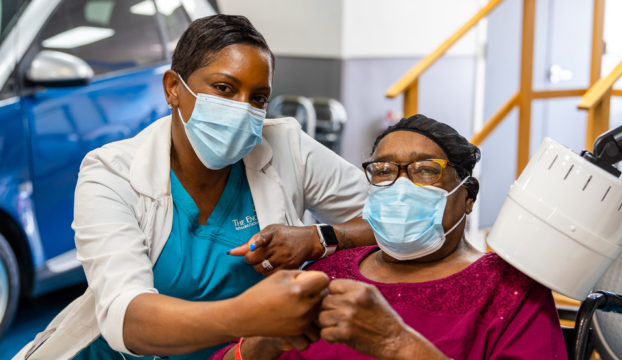Investigating the Diverse Methods of Physical Rehabilitation for Improved Recovery and Restoration
Investigating the Diverse Methods of Physical Rehabilitation for Improved Recovery and Restoration
Blog Article
Physiological rehabilitation is an essential discipline that assists people recover from traumas, operations, and multiple health conditions. It entails a variety of methods aimed to enhance movement, alleviate discomfort, and boost general physical function. Physiotherapy practitioners are trained professionals who assess each patient’s requirements and create personalized care plans. These plans often include workouts, hands-on treatment, and instruction about body mechanics. By employing these diverse approaches, physical can substantially enhance a patient’s quality of life.
One common method used in physiotherapy is rehabilitative exercise. This involves specific movements and activities that assist strengthen muscles, enhance range of motion, and increase stamina. For instance, a patient recovering from knee surgery may engage in exercises that focus on restoring strength in the leg muscles. These activities are meticulously chosen based on the patient’s condition and objectives. By gradually boosting the difficulty and challenges of the exercises, physical therapists can assist clients regain their power and mobility over time.
Another crucial method is hands-on therapy, which comprises physical methods to adjust the human body soft muscles and joints. This can entail flexibility exercises, mobilization, and manipulation. Manual treatment aims to relieve discomfort, reduce inflammation, and improve blood flow. For instance, a therapist may use light pressure to relieve tension in tight muscles or to help a articulation function more freely. This method is often combined with other therapies to enhance recovery and encourage healing. Clients often find hands-on therapy to be a soothing and effective way to control their discomfort.
In furthermore to exercises and hands-on therapy, instruction plays a crucial role in physiotherapy. Therapists teach clients about their conditions and how to handle them effectively. This may entail guidance on correct alignment, body mechanics, and techniques to avoid future traumas. For example, a practitioner might show a client how to lift weighty objects properly to avoid injuring their back. By empowering clients with knowledge, physiotherapy therapists assist them take an engaged part in their recovery and encourage sustained health and fitness.
Finally, technological advancements is increasingly being incorporated into physical methods. Devices such as ultrasound, electrotherapy stimulation, and virtual environments can improve conventional treatment approaches. These technologies can assist reduce discomfort, promote recovery, and offer engaging ways for clients to participate in their recovery. For instance, virtual environments can create engaging environments for patients to rehearse movements in a controlled and protected setting. As advancements continues to develop, it offers promising possibilities for improving rehabilitation outcomes in physiotherapy.
In summary, physical includes a variety of methods that function together to assist browse around here rehabilitation and rehabilitation. Through rehabilitative activities, manual treatment, patient instruction, and the use of technology, physiotherapy therapists provide holistic care tailored to each patient’s needs. This holistic approach not only helps patients recover their bodily abilities but also enables them to sustain their health in the long future. As more people acknowledge the benefits of physiotherapy, it remains to play a vital part in the pathway toward improved health and fitness.